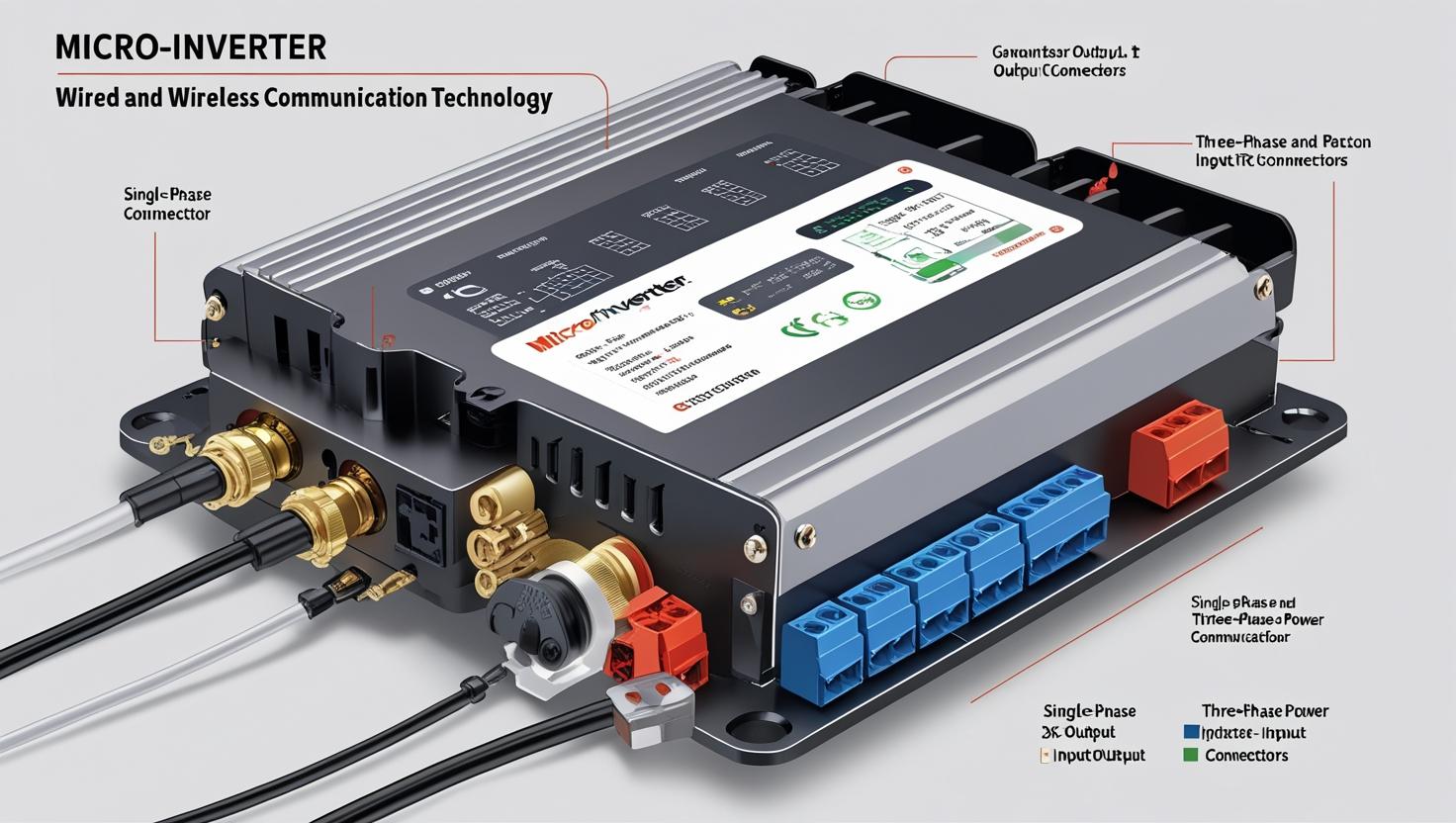The global solar energy sector is undergoing a transformative phase, with innovations in solar power conversion technologies at the forefront. Among these, Micro-Inverter Technology is emerging as a pivotal driver of market expansion. By offering enhanced efficiency, improved system reliability, and greater flexibility compared to traditional string inverters, micro-inverters are reshaping how solar energy is harnessed and managed worldwide.
Understanding Micro-Inverter Technology
At its core, micro-inverter technology involves small, modular devices installed on each solar panel that convert direct current (DC) generated by the panel into alternating current (AC) used by the electrical grid or home appliances. Unlike conventional string inverters that handle conversion for multiple panels simultaneously, micro-inverters provide panel-level optimization, enabling higher overall energy yields and reducing the impact of shading, dirt, or panel mismatch.
Recent Advancements in Micro-Inverter Technology
The continuous evolution of micro-inverter technology is central to the market’s rapid growth. Recent developments have focused on enhancing power conversion efficiency, reducing costs, and improving integration with smart energy management systems.
Innovations such as improved semiconductor materials and advanced power electronics have significantly boosted conversion efficiency, allowing micro-inverters to deliver more usable energy from the same solar input. Additionally, manufacturers are integrating intelligent monitoring and communication features, enabling real-time performance tracking and predictive maintenance, which reduce downtime and operational costs.
Moreover, micro-inverter technology is becoming increasingly compatible with emerging smart grid technologies and energy storage solutions. This integration facilitates better load management, grid stability, and energy independence for users, further expanding the appeal of micro-inverter-based solar systems.
Download PDF Brochure @ https://www.marketsandmarkets.com/pdfdownloadNew.asp?id=43340469

Market Expansion Driven by Technological Progress
The advancements in micro-inverter technology are directly influencing market expansion by addressing many of the limitations of traditional solar inverter systems. Improved reliability and ease of installation reduce upfront and maintenance costs, encouraging adoption among residential, commercial, and industrial users.
Additionally, the modularity of micro-inverter technology supports scalable solar deployments. Customers can expand their systems incrementally without overhauling the entire inverter infrastructure, a significant advantage in rapidly evolving energy markets.
As environmental regulations tighten and incentives for renewable energy grow, the demand for efficient, reliable solar power solutions like micro-inverters is accelerating globally. Regions with high solar penetration, such as North America, Europe, and Asia-Pacific, are witnessing increased adoption due to these technological breakthroughs.
Challenges and Future Outlook
Despite impressive advancements, the micro-inverter technology market still faces challenges such as higher initial costs compared to string inverters and technical complexities related to system design and integration. However, ongoing research and economies of scale are expected to narrow these gaps.
Looking ahead, micro-inverter technology will continue evolving with the integration of artificial intelligence, IoT, and advanced analytics, enabling smarter energy management and predictive capabilities. The rise of electric vehicles and decentralized energy systems will also drive demand for flexible and efficient micro-inverter solutions.
In summary, micro-inverter technology is a key catalyst propelling the solar energy market forward. Its advancements are not only improving the efficiency and reliability of solar installations but also opening new opportunities for smart, scalable, and cost-effective renewable energy systems. For investors, manufacturers, and end-users alike, the ongoing innovation in micro-inverter technology signifies a promising future for clean energy adoption worldwide.
FAQ: Micro-Inverter Technology
1. What is micro-inverter technology?
Micro-inverter technology refers to small, modular inverters attached to individual solar panels that convert DC power generated by the panel into usable AC power, enhancing overall system performance and reliability.
2. How does micro-inverter technology differ from traditional string inverters?
Unlike string inverters that handle multiple panels together, micro-inverters operate at the panel level, allowing for better energy optimization, minimizing the impact of shading, and improving system monitoring.
3. What are the main benefits of using micro-inverter technology?
Key benefits include higher energy yield, improved system reliability, easier system expansion, enhanced safety, and real-time monitoring capabilities.
4. Are micro-inverters more expensive than string inverters?
Micro-inverters typically have a higher upfront cost, but their advantages in efficiency, maintenance, and system flexibility can lead to better long-term value and savings.
5. How do recent advancements in micro-inverter technology impact the market?
Advancements in power electronics, integration with smart grid technologies, and improved efficiency are driving increased adoption and market growth worldwide.
